édition Π Node
23.05.2020 21:30 CEST
Institute of Diagram Studies
Typeface: Avara
by Raphaël Bastide
Soundtrack: Sitraka

Abbott, E. A. (1883) Flatland: A Romance of Many Dimensions (Illustrated). Available at: http://www.gutenberg.org/ebooks/201 (Accessed: 8 May 2019).

Abbott, E. A. (1883) Flatland: A Romance of Many Dimensions (Illustrated). Available at: http://www.gutenberg.org/ebooks/201 (Accessed: 8 May 2019).
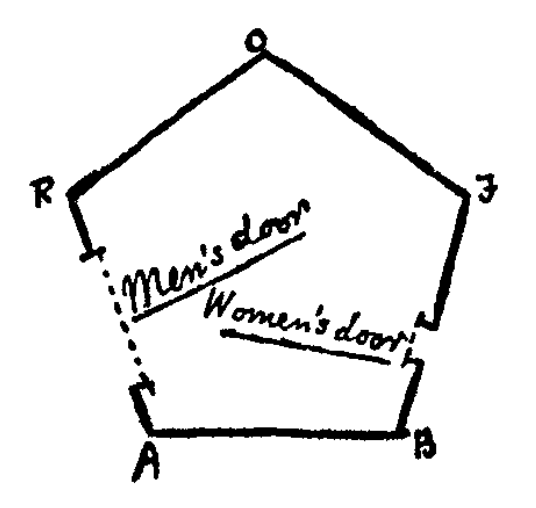
Abbott, E. A. (1883) Flatland: A Romance of Many Dimensions (Illustrated). Available at: http://www.gutenberg.org/ebooks/201 (Accessed: 8 May 2019).

Abbott, E. A. (1883) Flatland: A Romance of Many Dimensions (Illustrated). Available at: http://www.gutenberg.org/ebooks/201 (Accessed: 8 May 2019).

Abbott, E. A. (1883) Flatland: A Romance of Many Dimensions (Illustrated). Available at: http://www.gutenberg.org/ebooks/201 (Accessed: 8 May 2019).
KING: Exhibit to me, if you please, this motion from left to right.
I: Nay, that I cannot do, unless you could step out of your Line altogether.
KING: Out of my Line? Do you mean out of the world? Out of Space?
Abbott, E. A. (1883) Flatland: A Romance of Many Dimensions (Illustrated). Available at: http://www.gutenberg.org/ebooks/201 (Accessed: 8 May 2019).

Abbott, E. A. (1883) Flatland: A Romance of Many Dimensions (Illustrated). Available at: http://www.gutenberg.org/ebooks/201 (Accessed: 8 May 2019).
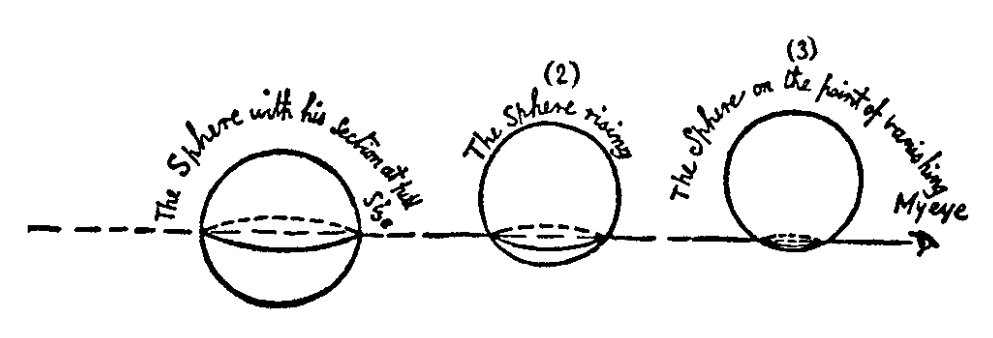
Abbott, E. A. (1883) Flatland: A Romance of Many Dimensions (Illustrated). Available at: http://www.gutenberg.org/ebooks/201 (Accessed: 8 May 2019).
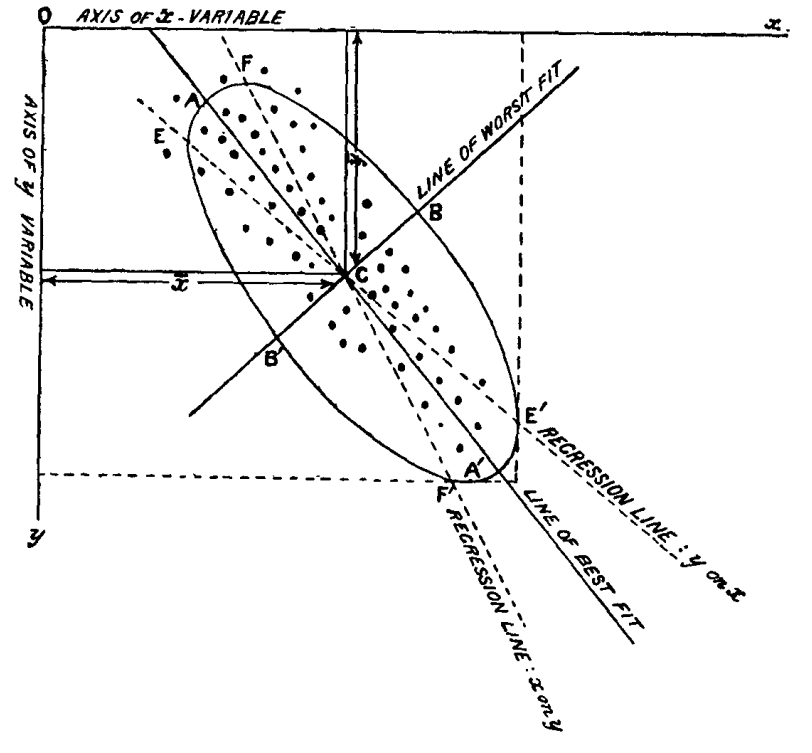
Karl Pearson F.R.S (1901) ‘LIII. On lines and planes of closest fit to systems of points in space’, The London, Edinburgh, and Dublin Philosophical Magazine and Journal of Science, 2(11), pp. 559–572. doi: 10.1080/14786440109462720.
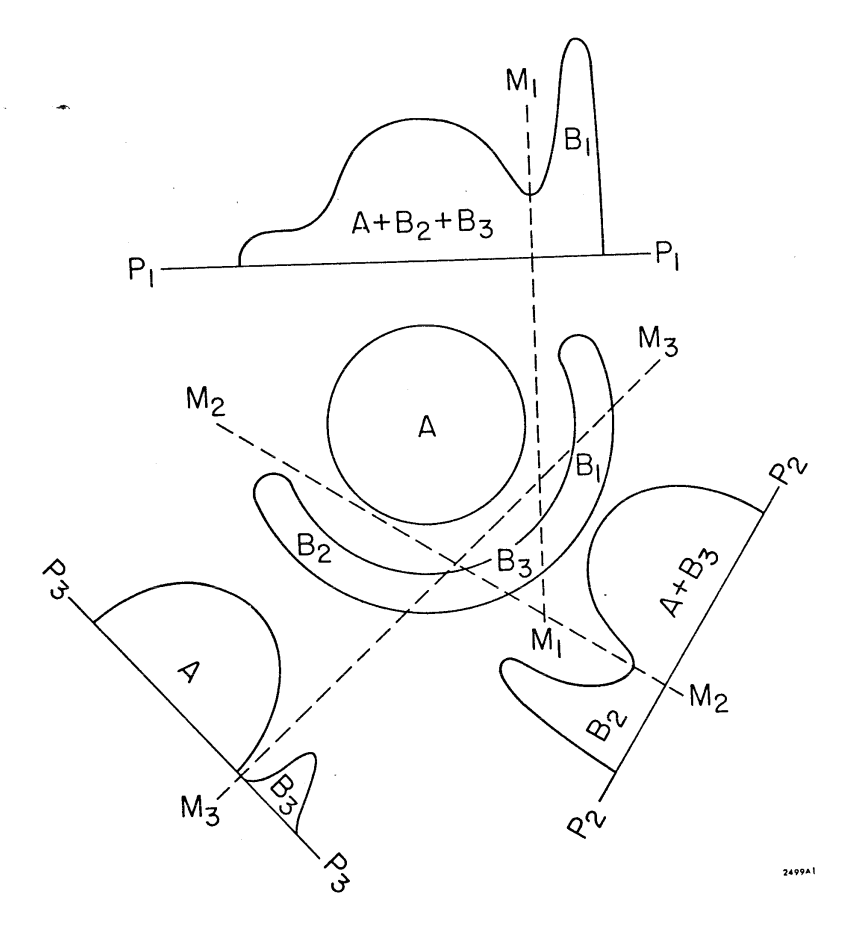
Fisherkeller, M. A., Friedman, J. H. and Tukey, J. W. (1988) ‘PRIM-9: An interactive multidimensional data display and analysis system’, Dynamic Graphics for Statistics. Wadsworth & Brooks/Cole, pp. 91–109. Available at: http://inspirehep.net/record/91655/files/slac-pub-1408.pdf.
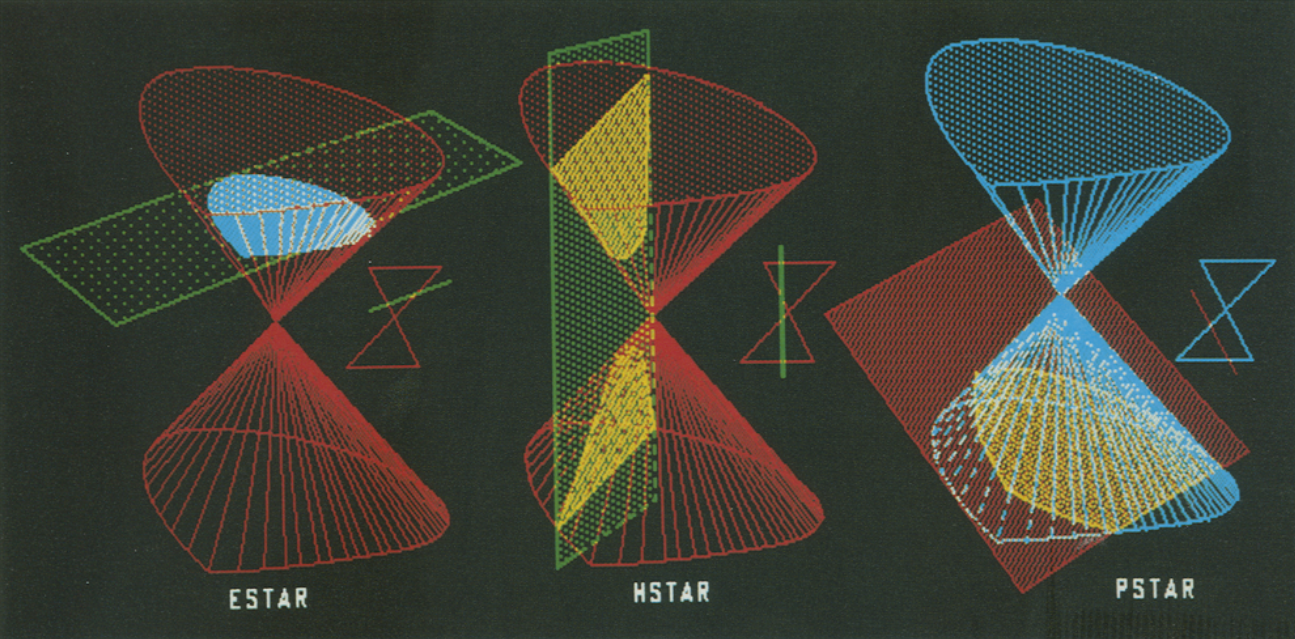
Inselberg, A. (1985) ‘The plane with parallel coordinates’, The Visual Computer, 1(2), pp. 69–91. doi: 10.1007/BF01898350.
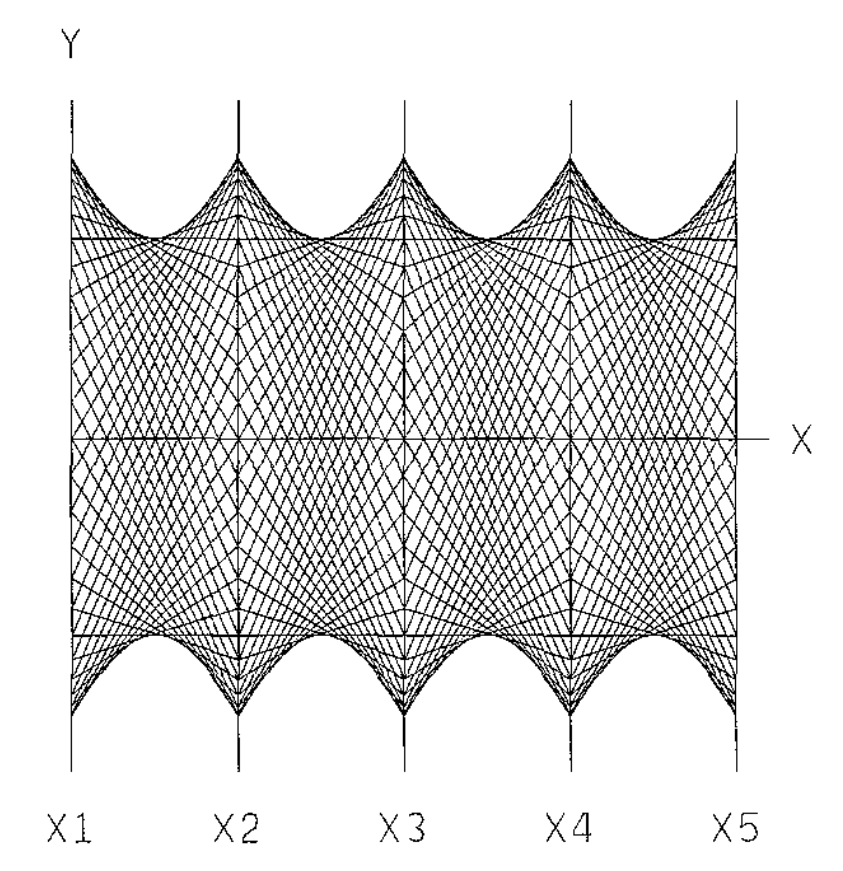
Inselberg, A. (1985) ‘The plane with parallel coordinates’, The Visual Computer, 1(2), pp. 69–91. doi: 10.1007/BF01898350.

Wegman, E. J. (1990) ‘Hyperdimensional Data Analysis Using Parallel Coordinates’, Journal of the American Statistical Association, 85(411), pp. 664–675. doi: 10.2307/2290001.

Maaten, L. van der and Hinton, G. (2008) ‘Visualizing data using t-SNE’, Journal of machine learning research, 9(Nov), pp. 2579–2605.
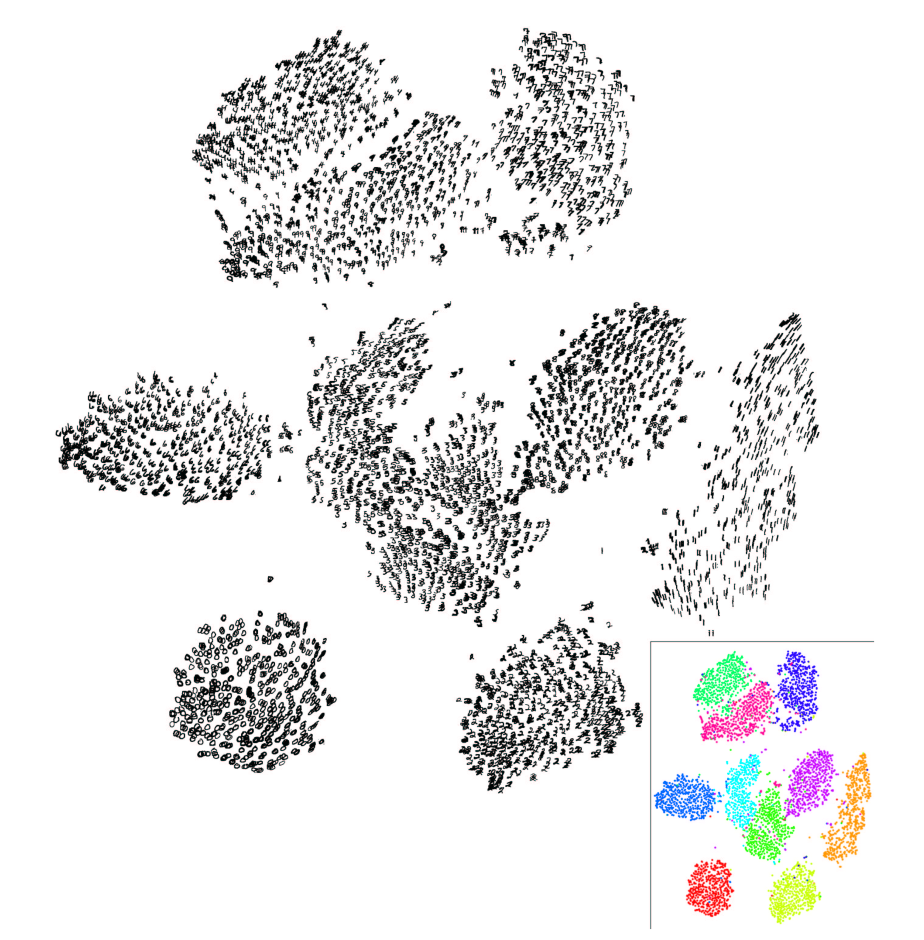
Maaten, L. van der and Hinton, G. (2008) ‘Visualizing data using t-SNE’, Journal of machine learning research, 9(Nov), pp. 2579–2605.
Data science strongly echoes the neoplatonism that informed the early science of Copernicus and Galileo. It appears to reveal a hidden mathematical order in the world that is superior to our direct experience. The new symmetry of these orderings is more compelling than the actual results.
McQuillan, D. (2017) ‘Data Science as Machinic Neoplatonism’, Philosophy and Technology, 3(1), pp. 253–272. doi: 10.1007/s13347-017-0273-3.
Lapowsky, I. (2015) ‘How Facebook Knows You Better Than Your Friends Do’, Wired. Available at: https://www.wired.com/2015/01/facebook-personality-test/ (Accessed: 14 August 2019).
Rudder, C. (2015) Dataclysm: Who we are - when we think no one’s looking. New York, NY, USA: Broadway Books.
Wark, M. (2015) ‘The Vectoralist Class’, e-flux, 65. Available at: http://supercommunity.e-flux.com/texts/the-vectoralist-class/ (Accessed: 30 January 2019).
diagram redrawn from: Anthony, B. (2017) ‘Socio-cultural Dynamics between the Eras of Commodity Economy: Pastorialism, Capitalism, Vectorialism’. Available at: https://borisanthony.net/diagrams/vectorialism/.
based on: Burrington, I. (2019) A Larger Theory of Scamming https://twitter.com/lifewinning/status/1118539791484637188
Fin
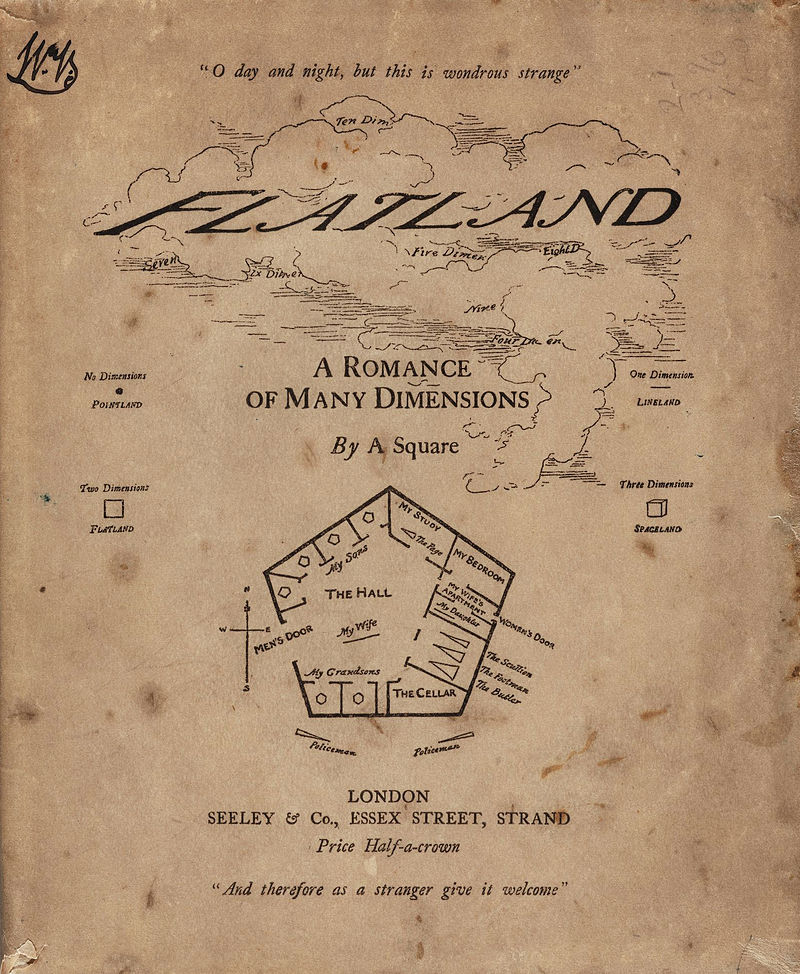
Abbott, E. A. (1883) Flatland: A Romance of Many Dimensions (Illustrated). Available at: http://www.gutenberg.org/ebooks/201 (Accessed: 8 May 2019).

Wark, M. (2004) A Hacker Manifesto. Cambridge, MA, USA: Harvard University Press.